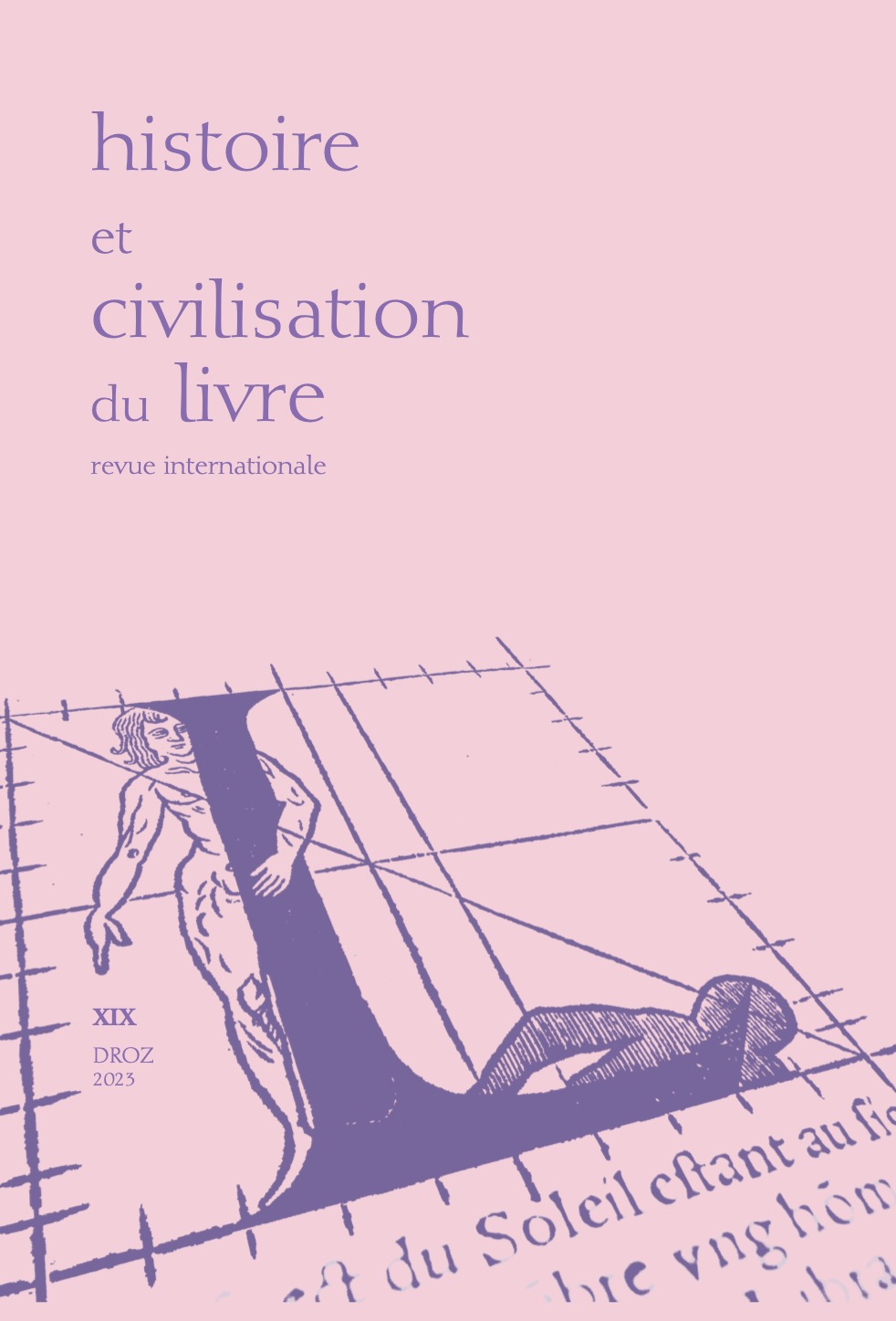Écrire dans les missions protestantes en Irlande, une histoire de genre(s) ?
Les autrices de la Dingle and Ventry Mission, 1800-1855
Abstract
A new figure, that of the missionary, appeared in 19th-century English literature. This presence testifies not only to the new revivalist enthusiasm to “spread the Gospel” to distant peoples, but also to gender relations during the Victorian era, conceived through the prism of the “separation of spheres,” a doctrine popularized by the famous author Hannah More. Paradoxically, while participating in what More called their “profession,” missionary expansion offered women new opportunities for action in the public sphere. Thus, just as women contributed to pamphleteer culture in mid-17th-century England, the promotion of the vernacular Bible in the 19th century favoured the emergence of female authors within the mission. Through the interplay of national and local scales, this article examines the extent to which women’s involvement in missionary endeavours gave them access to new spaces of visibility and governance, thus enabling them to emancipate themselves from the boundaries imposed by society. It sheds light on the dynamics of female agency assertion, as women renegotiated their role from auxiliaries to fully-recognized authors, even asserting the superiority of their publications over missions’ grey literature.

